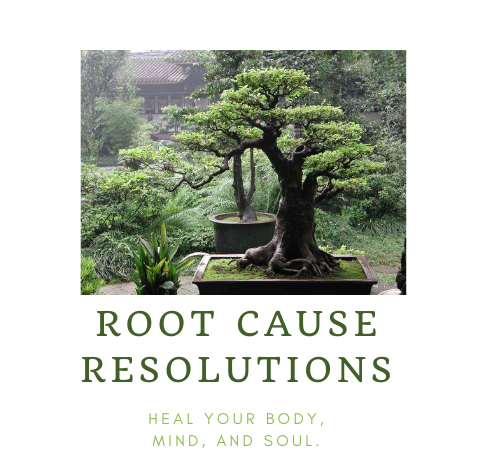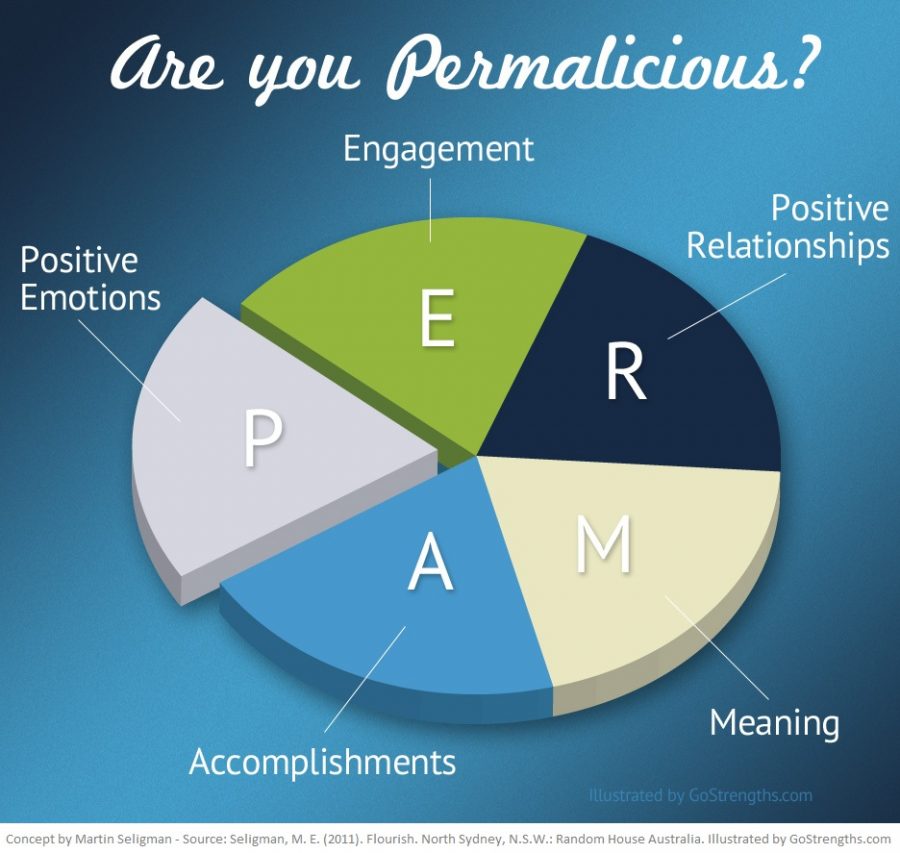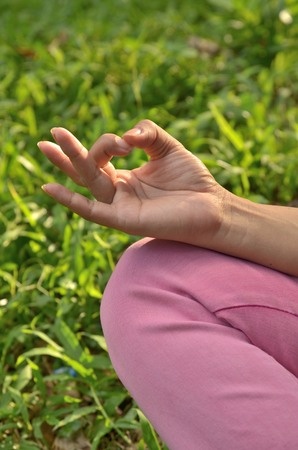If you’re like many people who experience feelings of sadness, depression or anxiety, you likely get caught up and entangled by your mind’s nasty and critical stories about you and your life. While it is reasonable and may even be natural to acknowledge your circumstances, situations or private experiences that evoke your discomfort or pain, your mind’s unending chatter and focus on what is wrong with you and your life has many negative effects on your health as your life narrows to only focusing on what your mind tells you.
Research in the area of Positive Psychology suggests that by shifting your attention and focusing on your character strengths, you can create upward spirals that will lead to a life time of authentic happiness.1,2, Fortunately, shifting your attention and noticing what is going well in your life and celebrating your successes is simply a matter of being G.L.A.D. every day.
To help you experience more authentic happiness, keep a journal and write about what it is that you . . .
GRATITUDE: Each day you have experiences and situations that you can appreciate for which you can experience gratitude. When you begin writing in your journal write about what you feel grateful for. It may be challenging for you because your mind incessantly focuses on what disturbs you or is wrong with your life. The fact is that everyone who is alive has a reason to feel grateful. You may simply begin by writing about how you are grateful that you can be grateful. Appreciate the simplicity of life. Your heart beats over 100,000 a day without you consciously telling it do so. The fact that you have a roof over your head, food to eat and clean water to bathe with each day. The rising of the sun each day. Your friends and family. In counting your blessings, start by focusing on what you are capable of doing.
Many psychological studies have found that when you cultivate gratitude you are more likely to also be happier, cope more effectively and increase your relationships with the people who are dear to you.3,4,5,6 You are also less likely to get stressed or depressed and will engage in fewer negative coping behaviors, such as substance abuse. Acknowledging the positive aspects in your life can be challenging; particularly, when your mind focuses or holds on to uncomfortable and painful emotions like sadness, fear and shame.
As part of your evening ritual to retire to bed, write about 3 aspects in your life for which you experience gratitude. Keeping a gratitude journal will help you to experience more positive emotions and reduce painful feelings like depression.7
LEARNED: Every day you have experiences, situations and people that teach you. Whether you are learning from a school teacher, professor, friend or simply a life experience, you have boundless opportunities and moments during which you can learn something new, if you meet each experience with an attitude of curiosity, openness, and non-judgment. Whether it’s a new book, skill or sage advice and counsel from someone who you meet during your day or simply an experience during which you learn something new about yourself, taking in and recognizing that you have learned something new will help to enhance your level of engagement with life.
According to the PERMA model developed by the father of Positive Psychology, Martin Seligman, Ph.D., and Mihaly Csikszentmihalyi, Ph.D., a Positive psychologist, engagement with life and actively immersing yourself in your experiences leads to a state of flow and is part of the “Good Life.”8,9 Being in a state of flow leads to greater enjoyment, improves your performance and self-efficacy. When you keep a G.L.A.D. journal, write about something that you learned during your day.
ACHIEVED: You probably do not remember most of the experiences in your life because they occur mindlessly without your full conscious awareness. You are; however, much more likely to remember the events which resulted in a sense of accomplishment and success. Achieving small goals each day, such as reading for an hour, walking for 30 minutes, or writing a page for your new book will help you to identify your strengths and move forward in your life by taking consistent action when life circumstances are challenging for you. The sense of accomplishment and success will enhance your self-esteem, engagement with life and help you to appreciate yourself. As your self-efficacy improves, you will be more resilient in the face of painful or difficult life situations.10 As part of your G.L.A.D journal, take note of any goals that you achieved during your day and celebrate each success no matter how small it may seem to you.
Delighted: In your pursuit of authentic happiness, keeping note of the positive emotions that you experienced during your day is important. When you begin your G.L.A.D. journal make sure that you notice and savor every experience during your day that you were delighted by and enjoyed. This is very different from the pleasure that you experience from fulfilling basic bodily needs like hunger, sleep and sex, the companionship of your family, friends, pets or time spent with nature. Being delighted and enjoyment arise from the pursuit of stimulating activities in which you use your unique strengths, are aligned with your life values and contribute to something greater than you such as when you volunteer your time helping those in need at a shelter home, help to build a house in your community for the impoverished, counsel children stricken by grief at your local church because these activities each allow you to express your compassion and gift for helping others.
- Fredrickson, BF and Joiner, T. “Positive Emotions Trigger Upward Spirals toward Emotional Well-Being.” Psychological Science, (2002). 13(2), 172-175.
- Seligman, M. E. P. (2004). AuthenticHappiness: Using the New Positive Psychology to Realize Your Potential forLasting Fulfillment. New York: Free Press
- Algoe, SB, Fredrickson, BL, and Gable, SL. “The social functions of the emotion of gratitude via expression.” Emotion, (2013) 13(4), 605-609.
- Emmons, RA and McCullough, ME. “Counting blessings versus burdens: An experimental investigation of gratitude and subjective well-being in daily life.” Journal of Personality and Social Psychology, (2003) 84(2), 377-389.
- Gordon, AM, Impett, EA, Kogan, A, Oveis, C, and Keltner, D. “To have and to hold: Gratitude promotes relationship maintenance in intimate bonds. “ Journal of Personality and Social Psychology (2012) 03(2) 257-274.
- Grant, A. M.; Gino, F. “A little thanks goes a long way: Explaining why gratitude expressions motivate prosocial behavior.” Journal of Personality and Social Psychology, (2010) 98(6), 946-955.
- Lyubomirsky,S, Dickerhoof, R, Boehm, JK, Sheldon, KM. “Becoming happier takes both a will and a proper way: An experimental longitudinal intervention to boost well-being.” Emotion, (2011)11(2), 391-402.
- Seligman, M.E.P. (2011). Flourish. New York: Free Press.
- Csikszentmihalyi, M (2008). Flow: The Psychology of Optimal Experience. Harper Perennial Modern Classics.
- Salanova, M, Llorens, S, and Schaufeli, WB. “Yes, I Can, I Feel Good, and I Just Do It!” On Gain Cycles and Spirals of Efficacy Beliefs, Affect, and Engagement.” Journal of Applied Psychology, (2010) 60 (2), 255-285.
To your health and success,
Dr. Sandoval
To learn more about how working with a psychologist and holistic health coach can help you to enhance your health and well being, call or email Dr. Sandoval to schedule a free consultation.











